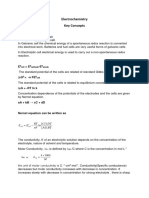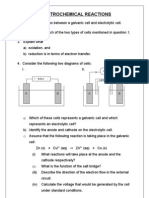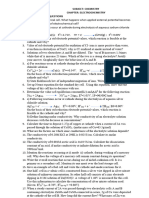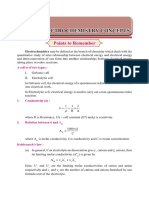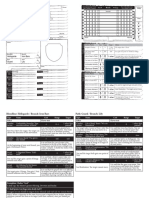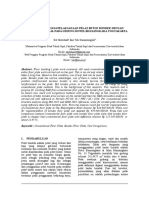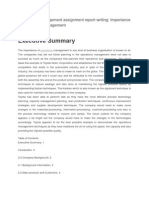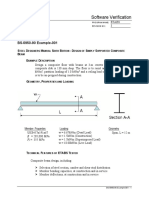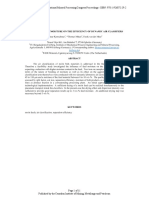AMITY INTERNATIONAL SCHOOL- NOIDA
Class XII Subject- Chemistry Unit 3: Electrochemistry
LEVEL 1
1. What is the use of platinum foil in hydrogen electrode? (1)
2. What do you understand by the term over voltage? (1)
3. Rusting of iron becomes quicker in saline medium. Why? (1)
4. The E0 value for two metal electrodes is given below:
(i) Cr3+/Cr2+ = -0.4 V;
(ii) Fe3+/ Fe2+ = +0.80 V
Comment on the result of treating a solution of Cr(II) with a solution containing Fe(III) ions.(2)
5. (a) What is the maximum electric potential difference between two hydrogen half cells at 298 K
H2 (atm) |H+(10-8M) || H+(1M) |H2(1 atm)
(b) If the two half cells described in part (a) are connected so that charge is transferred for a long
time interval, what will eventually happen to the hydrogen ion concentration in the two half cells.(3)
Ans: Ecell= 0.47V, [ Hint: [H+] will be same as equilibrium is attained]
LEVEL 2
6. What is the effect of temperature on the electrical conduction of metallic conductors and electrolytic
conductors? (1)
7. Why is it that sodium metal cannot be obtained by electrolysis of aqueous solution of its salt?
(1)
8. Silver is electrodeposited on a metallic vessel of total surface area 900 cm 2 by passing a current of
0.5 A for two hours. Calculate the thickness of silver deposited.
(Given: Density of Ag=10.5g/cc , At.mass of Ag=108u)
[Hint:
(Ans: 4.22 x 10-4 cm) (2)
9. A Daniel cell transfers 4825C of electric charge through an external circuit when the potential
difference between the terminals is 1V given that Eocell = 1.10V.
(a) How many moles of zinc will be changed to Zn +2?
(b) What is the quantity of electrical energy of Zn?
(c) Compare the quanity of electrical energy transferred per mole of Zn in this case with maximum
quanity of electrical energy that can be transferred by a Daniel cell.
[Hint: Using formula ΔG° = -nFE°]
(Ans: 0.025mol of Zn; -193kJ/mol,-212.3kJ/mol) (3)
10. Write the cell reaction and calculate the EMF of the following cell at 298K: (3)
Sn(s) / Sn2+(0.004M)// H+(0.020M)/ H2(g)1bar/ Pt(s)
(Given : Eo Sn2+/Sn = -0.14V)
�11. (a) At 291K, molar conductivities at infinite dilution of NH 4Cl, NaOH and NaCl are 129.8, 217.4, 108.9
ohm-1cm2 respectively. If the molar conductivity of centinormal of NH 4OH is 9.33 ohm-1cm2. Suggest
how this information may be used to calculate the degree of dissociation of NH 4OH in its above
solution. (Ans: α = 3.9%) (b) The standard reduction potential values of 3 metallic cations X,Y,Z
are 0.52, -3.03, -1.18 V respectively. What will be the order of reducing power of the corresponding
metals.
[Hint: (3)
12. Cu2++ 2e ------------ Cu(s) E° = +0.34 V
Ag+ + e--------------Ag(s) E°= +0.80 V
i. Construct a galvanic cell using the above data.
ii. For the what concentration of Ag + ions will the EMF of the cell be zero at 25°C, if the
concentration of Cu2+ is 0. 1 M?
[Hint:
(Ans.= 5.18 x 10-9) (5)
LEVEL 3
13. Electrolysis of KBr (aq) gives Br 2 at anode but KF(aq) does not give F2 .Give reason for this disparity.
(1)
14. Why is alternating current used for measuring resistance of an electrolytic solution? (1)
15. Which solution will allow greater conductance of electicity,1M NaCl at 293K or 1M NaCl at 323K?
(1)
16. Electrolysis of aqueous solution of NaCl gives H2 gas at cathode but electrolysis of molten NaCl yields
Na metal. How is this difference in results explained? [Hint: This is because standard reduction
potential of water is greater than that of sodium.] (2)
17. Aqueous copper sulphate solution and aqueous silver nitrate solution are electrolysed by 1 ampere
current for 10 minutes in separate electrolytic cells. Will the mass of copper and silver deposited on
the cathode be the same or different? Explain your answer. [Hint: Using second law of Electrolysis].
(2)
18. Solutions of two electrolytes ‘A’ and ‘B’ are diluted. The Λ m of ‘B’ increases 1.5 times while that of A
increases 25 times. Which of the two is a strong electrolyte? Justify your answer.
[Hint: Dilution of the electrolyte mainly decreases interionic attractive force, therefore Λ m increases.]
(2)
19. At 25oC, the conductivity of saturated solution of AgCl is 2.68x10 -6 Ω-1 cm-1 and that of water in which
the solution is made is 0.86x10-6 Ω-1 cm-1. If the limiting molar conductivities of AgNO 3, HNO3 and HCl
are respectively 133, 421 abd 426 Ω-1 cm2 mol-1. Calculate the solubility of AgCl in water a given
temperature.
Hint: [
� (Ans: κAgCl= 1.82x 10-6 Ω-1 cm-1, Λmo (AgCl)= 138 Ω-1 cm2 mol-1, s = 1.32x10-5mol/litre) (3)
20. Iron and nickel are used to make an electrochemical cell by using a salt bridge to join a half cell
containing 1.0 M solution of Fe2+(aq) in which a strip of iron has been immersed to a second half-cell
which contains 1.0 M Ni2+(aq) solution in which a strip of nickel has been immersed.
A voltmeter is connected between the two metal strips.
a) In which cell does reduction occur?
b) Write the half-cell reactions involved.
c) In which directions are the electrons passing through the voltmeter?
d) What would be effect on the voltmeter reading if Fe2+ concentration were increased?
e) What will be the voltmeter reading when the cell reaches equilibrium?
Given that the standard electrode potentials of Fe 2+/Fe and Ni2+/Ni electrodes are -0.44 and -0.25 volt
respectively.
[Hint: (5)























